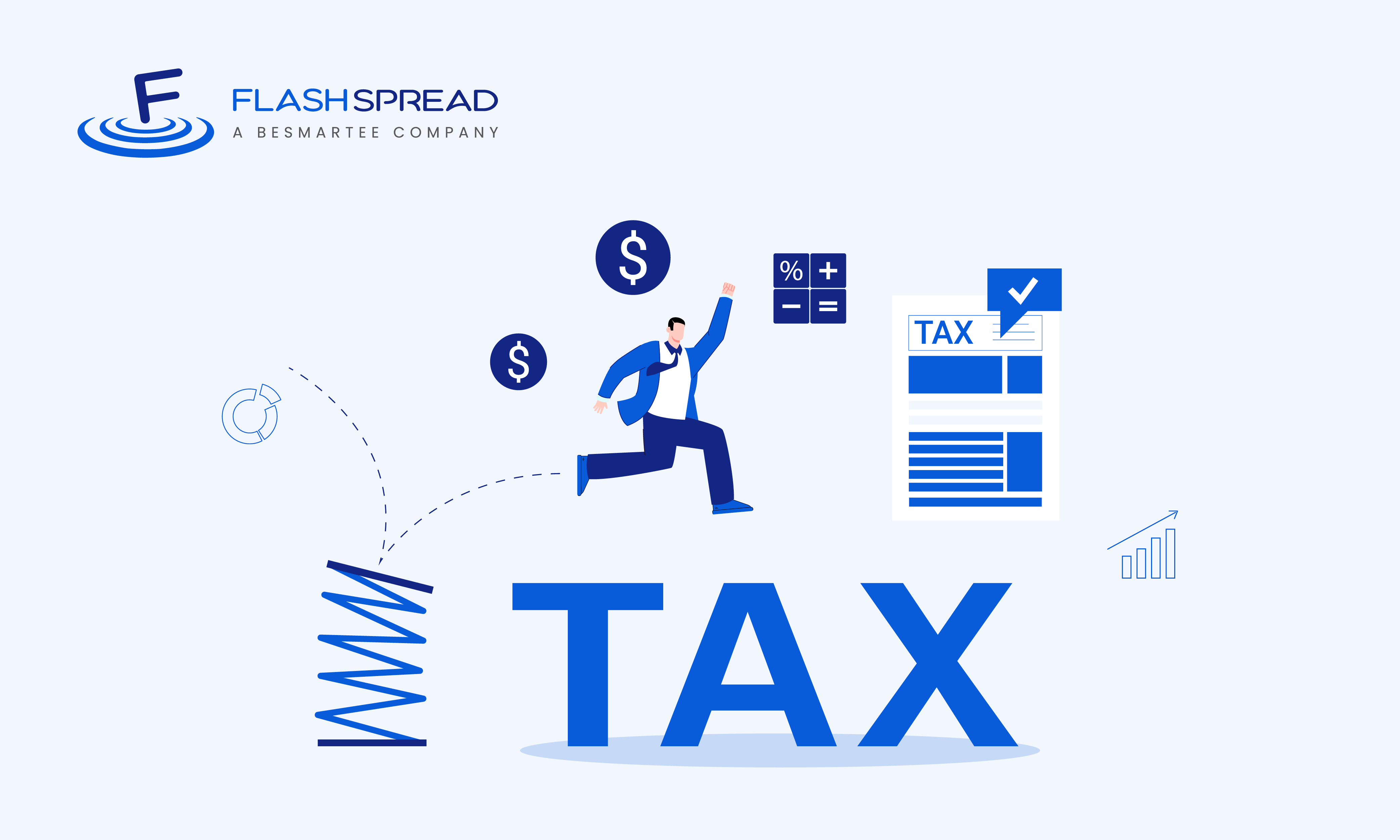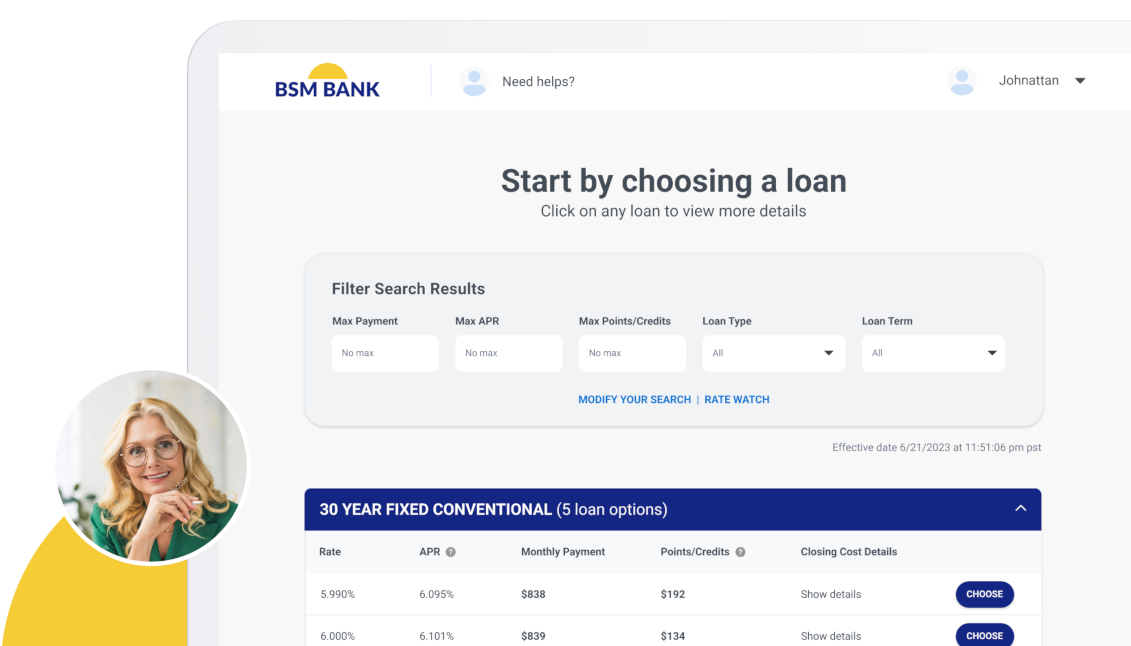Lenders in the commercial lending space often interact with a very important IRS tax form— the 1120. This form is crucial to the loan approval process, and understanding it and its purpose is essential for any underwriter or lender. Let’s walk through the what and the why of Tax Form 1120, then talk through how the right digital solution can help lenders review this pivotal tax form more efficiently.
Tax Form 1120: The Basics
An 1120 tax form is the Internal Revenue Service (IRS) form that corporations use to calculate their tax liability. You will sometimes hear it referred to as the “U.S. Corporation Income Tax Return.”
One way to think of an 1120 is to think of it as the 1040 of the corporate world. It is the tool the IRS uses to calculate how much income tax a corporation has to pay for that tax year.
How does it do that? By compiling and calculating all of the credits, deductions, losses, gains and income a corporation had that year.
The Corporations that Use Tax Form 1120
Who files an 1120? All domestic corporations in the US. That includes corporations that do not have taxable income and corporations that are filing for bankruptcy. Entities that must file an 1120 include:
Businesses that have elected to be taxed as corporations
- LLCs, if they have chosen to be taxed as a corporation
- Farming corporations
- Corporations with ownership interest in a Financial Asset Securitization Investment Trust, or FASIT
- Foreign-owned DE (disregarded entity) entities
There are some corporations that do not file an 1120 because they are tax exempt. These include charitable organizations, social clubs and unions, to name a few.
Different Versions of Tax Form 1120
Within the larger category of the Tax Form 1120, there are different versions of the form that apply to certain corporations. Special 1120s designed for specific organizations include:
- 1120-C: The version of the 1120 for co-ops
- 1120-F: The version of the 1120 for foreign corporations
- 1120-H: The version of the 1120 for condominium management, residential real estate management, and timeshare association corporations
- 1120-L: The version of the 1120 for life insurance companies
- 1120-POL: The version of the 1120 for political organizations
- 1120-S: The version of the 1120 for S corporations
In some cases, a corporation will also need to file additional schedules in tandem with an 1120. An example of this might be the Form 1120 (Schedule D), which is used to declare capital gains and losses.
How Digital Technologies Can Help Lenders Review Tax Form 1120
Reviewing tax forms is at the heart of every loan approval process. Doing so allows a lender to understand more about a business’ viability as a borrower.
Digital solutions are a true differentiator for the commercial lenders of today. Why? These solutions provide a number of advantages to lenders during the approval process, including:
Subscribe to BeSmartee 's Digital Mortgage Blog to receive:
- Mortgage Industry Insights
- Security & Compliance Updates
- Q&A's Featuring Mortgage & Technology Experts
Automatic Data Cull
Digital solutions for the commercial lending space are, at their core, data miners. An automated spreader can interact with Tax Form 1120, instantly cull the needed data, and convert into the actionable, digitized data lenders need to begin the review process.
Key Insights
As any seasoned lender will tell you, underwriting a loan is as much about reading what’s between the lines as it is about reviewing numbers. Digital solutions can make it easier for lenders to parse out nonfinancial information from tax forms like the 1120, driving more effective borrower discussions and providing greater insights into the assessed business.
Streamline Approval
Digital solutions give lenders a way to streamline and speed up the review process. In the competitive landscape that is today’s commercial lending space, giving customers a faster and easier loan process can serve as a key differentiator between one lender and the next.
Automatic Updates
Here’s one important fact about Tax Form 1120 you should know — it updates, like the majority of tax forms. Tax Form 1120 for tax year 2021 can be a very different beast when compared to Tax Form 1120 for tax year 2022.
That’s where a digital solution such as FlashSpread steps in. An automated spreading software like FlashSpread can make it easier to work with Tax Form 1120 and ensure that you always have the most recent version of the form.
FlashSpread – The Lender-Friendly Answer To Tax Forms
One solution that’s helping lenders streamline the tax from review process is FlashSpread. FlashSpread instantly converts scanned tax returns, turning the data from a form, such as the 1120, into comprehensive financial reports and analysis. It requires little to no human interaction, giving lenders a way to access the pure data from the 1120 and make error-free, data-driven credit decisions.
How FlashSpread Reviews Tax Form 1120
FlashSpread uses patented technology to “scrape” the data off of scanned tax returns. The solution then presents that data to you for review and makes it instantly accessible in a variety of financial reports, including global analysis. A significant advantage with FlashSpread is that it can work with both scanned and digital documents, and can even handle unreadable values that, for example, might be hidden behind watermarks.
FlashSpread also automatically updates tax form templates every year, meaning you never have to worry about YoY differences or engage in any human or manual processes to adjust.
To learn more about FlashSpread and how it can help you review 1120s during your loan approval process, visit flashspread.com today.




